Teaching Kids About Emotions
In the journey of parenting and education, one of the most valuable skills we can teach our children is how to manage their emotions.
Emotional intelligence is not just about recognizing and understanding emotions in ourselves and others; it's also about learning to navigate through them effectively.
This skill sets the foundation for building resilience, empathy, and decision-making abilities, which are crucial for personal and professional success.
Here are seven empowering strategies, including activities, books, and other methods, to help children learn how to understand and manage their emotions.
Jump to:
1. Name to Tame: Identifying Emotions
The first step in managing emotions is learning to identify them. Young children often know the basics—happy, sad, angry—but there's a wide spectrum of emotions they can experience. Activities like creating an "emotion wheel" can help.
This involves drawing a circle, dividing it into sections, and writing different emotions in each section with corresponding facial expressions. This visual aid can help children recognize and name their feelings, a process psychologist Dan Siegel famously refers to as "name it to tame it."
Books to Explore:
- "The Color Monster" by Anna Llenas: This book uses colors to represent different emotions, making it easier for children to understand and express what they're feeling.
- "In My Heart: A Book of Feelings" by Jo Witek: A beautifully illustrated book that explores a range of emotions, helping children to identify and articulate their own feelings.
Helping children identify and express their feelings in a positive manner is important for their social-emotional learning, developing empathy, and building resilience. Feelings are neither good nor bad, they simply are. Kids need words to name their feelings, just as they need words to name all things in their world.
2. Creating an Emotion Diary
Encourage children to keep an emotion diary or journal. This can be a simple notebook where they draw or write about how they felt during the day. Ask them to think about what triggered these emotions and what they did in response.
This reflective practice not only aids in self-awareness but also enhances their problem-solving skills by considering different responses to the same emotion in the future.
3. The Power of Deep Breathing
Teach children deep breathing techniques as a way to calm down when they're feeling overwhelmed.
The "balloon breathing" exercise is particularly effective: ask them to imagine their belly is a balloon that inflates as they breathe in and deflates as they breathe out.
This can be made fun by lying on the back and placing a toy on their stomach to watch it rise and fall with each breath. Deep breathing is a simple, yet powerful tool for emotion regulation.
4. Role-Playing Games
Role-playing games are an excellent way to help children explore emotions and develop empathy. Create scenarios where they might encounter different feelings, such as a friend moving away (sadness) or winning a game (happiness).
Discuss how they might react in those situations and explore alternative reactions. This helps them understand that while we can't always control what happens to us, we can control how we respond.

5. The Emotional Toolkit
Create an "emotional toolkit" with your child. This can include a list of strategies to handle various emotions, such as talking to someone, drawing, listening to music, or doing physical activity.
Having a go-to list of activities can empower children to take active steps towards managing their emotions.
Books to Explore:
- "When Sophie Gets Angry—Really, Really Angry" by Molly Bang: This story offers a vivid portrayal of anger and provides a constructive example of how to deal with intense emotions.
- "Alexander and the Terrible, Horrible, No Good, Very Bad Day" by Judith Viorst: Alexander's experiences help children understand that bad days happen, and it's okay to feel upset about them.
Did you know your feelings are the language of the soul? That's why it's important to encourage our children to express themselves. My Magical Feelings helps children compares feelings to colorful crayons that bring variety to the world and allow them to experience it. My Magical Feelings is the perfect book for every child's personal library collection and belongs in every elementary classroom as part of the social and emotional curriculum.
6. Practicing Gratitude
Cultivating a habit of gratitude can significantly impact emotional well-being. Encourage your child to think of three things they're grateful for each day.
This could be done verbally at bedtime or written in a gratitude journal. Focusing on positive aspects of their life can help balance their emotional perspective, especially on tough days.
7. Seeking Professional Guidance When Needed
While these strategies are effective, it's important to recognize when professional help is needed. If a child's emotional challenges interfere with their daily life, consulting a psychologist or counselor can provide the support they need to navigate their feelings.
Helping children learn to manage their emotions is a process that requires patience, understanding, and consistency.
By incorporating these strategies into your daily routine, you're not only aiding in their emotional development but also setting the foundation for a resilient, empathetic, and emotionally intelligent future generation.
Remember, the goal isn't to suppress emotions but to understand and manage them in healthy ways.
This journey of emotional learning is not just for children; it's an opportunity for adults to grow alongside them, reinforcing the importance of emotional well-being in our lives.
Enjoyed this post? Don't forget to check out some more ways to keep your kiddos occupied!


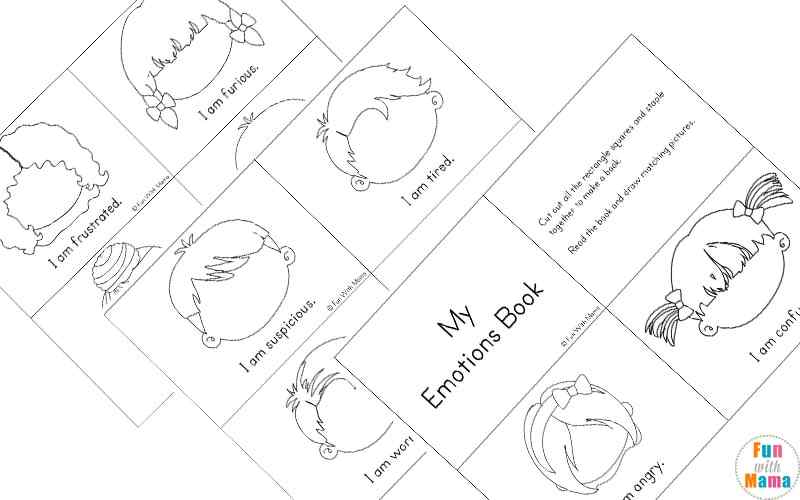

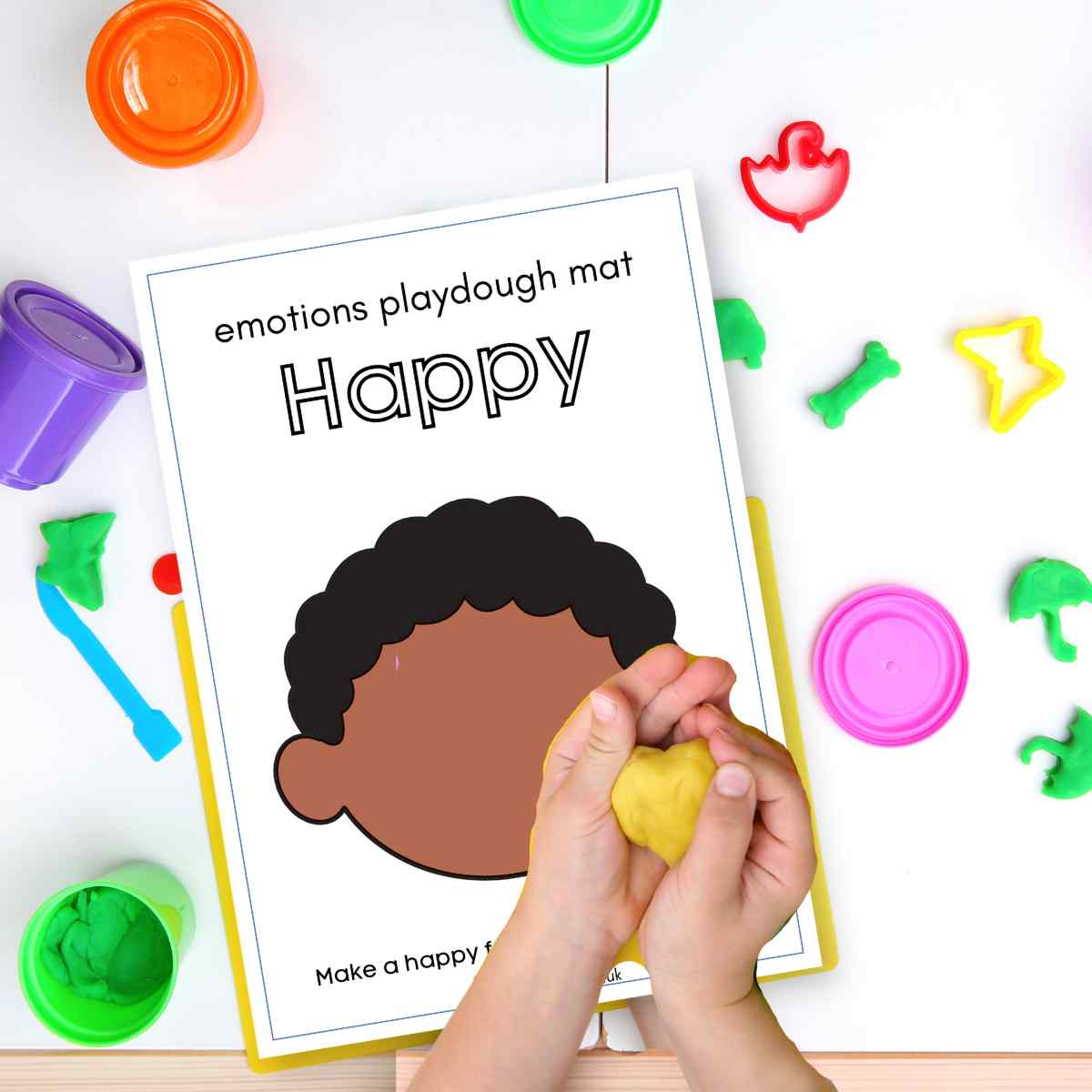




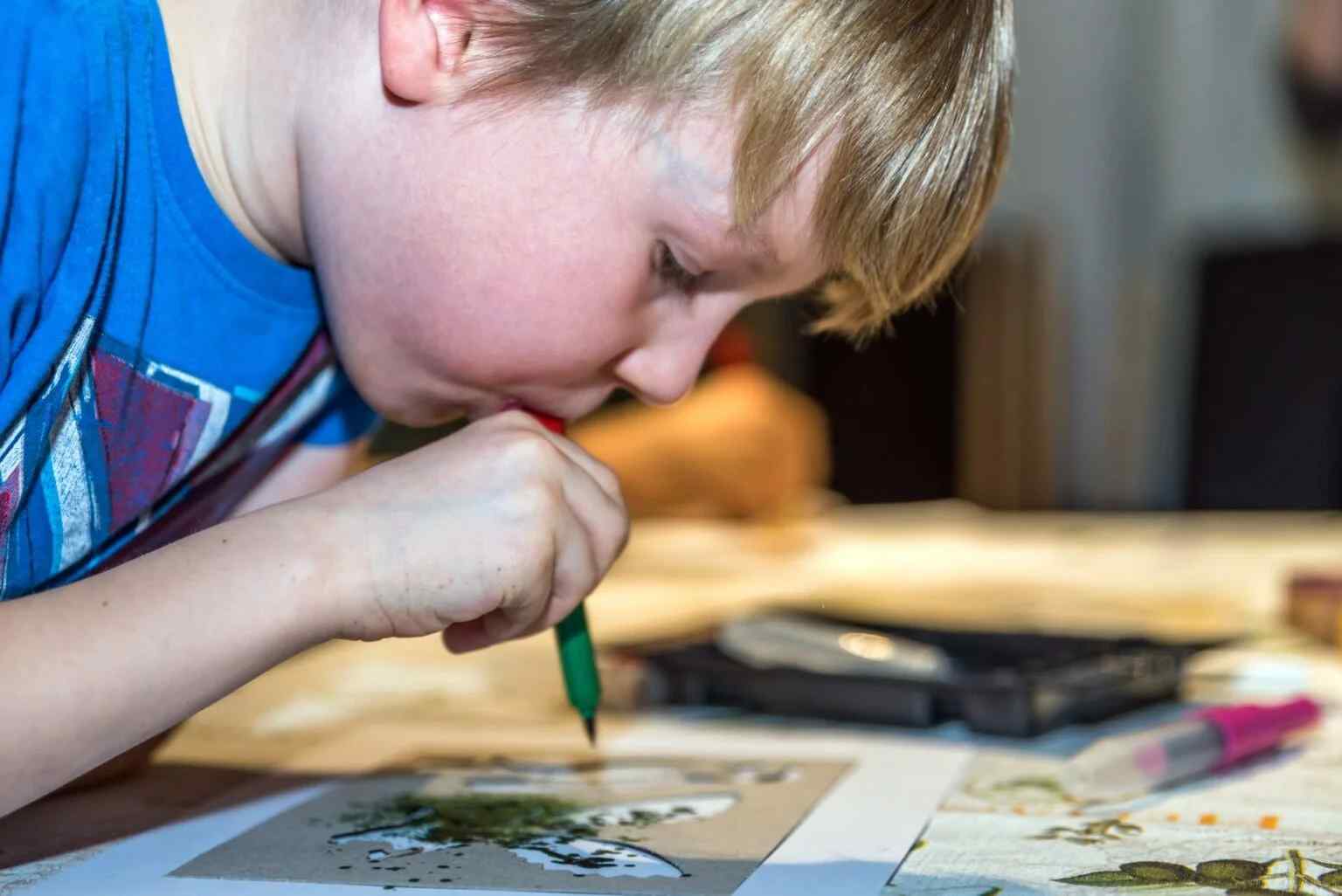





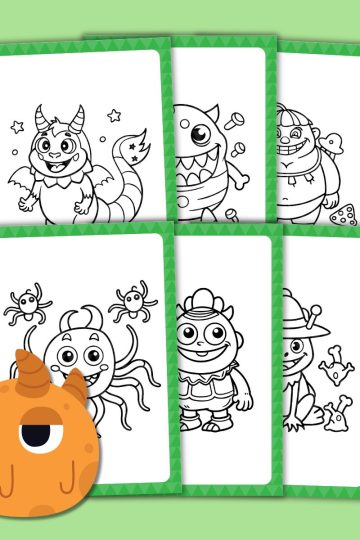
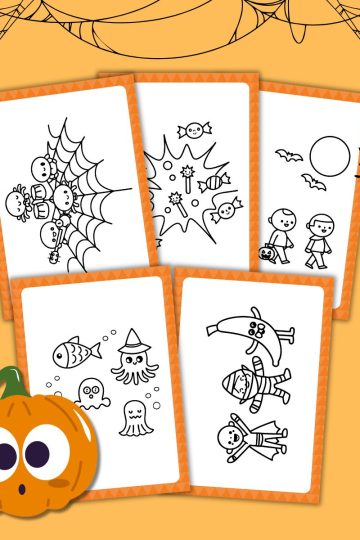

Comments
No Comments